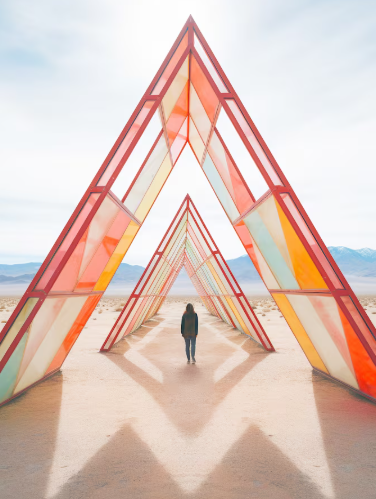In the competitive world of trade shows and expos, the role of an exhibition stand builder has become more than just carpentry and construction. Today, stands design exhibition projects are no longer judged purely on aesthetics but on psychology, functionality, and measurable impact. Many custom exhibition stands that look striking on paper fall flat in execution, resulting in what designers privately call “dead spaces.” Yet, within these failures lies a hidden goldmine. By conducting forensic-style post-mortems of unsuccessful booths, innovative builders and contractors are uncovering design insights that are transforming how future exhibition spaces are conceived.
When Exhibition Spaces Die
Every exhibition has its graveyard: booths that stand empty, fail to engage, or repel visitors with poor flow. Sometimes the failure is obvious—a dimly lit stand, confusing messaging, or a layout that traps people in awkward corners. Other times, the causes are more subtle, such as a soundscape that overwhelms or branding that doesn’t emotionally connect with attendees.
For stand builders and designers, these moments are not just failures but vital case studies. Much like medical autopsies reveal what went wrong inside the human body, exhibition stand autopsies dissect every layer of design—traffic flow, visual hierarchy, material choice, lighting, and even scent placement. By asking why did this stand fail to perform?, teams identify recurring mistakes and subtle triggers that make or break visitor engagement.
The Forensic Process of Exhibition Design
Post-mortem analysis starts with observation. Builders often revisit the expo floor, noting where visitors linger and where they avoid. Data is then gathered: footfall tracking, heat maps, dwell times, and even recorded conversations. Next comes the interview phase, where staff members and visitors share candid impressions.
Once collected, this information is laid out like evidence in a lab. Was the stand too cluttered? Did the modular walls create bottlenecks? Was the lighting too harsh, washing out digital displays? Every insight becomes part of a growing library of what not to do. Over time, these learnings evolve into powerful design frameworks that help stand contractors innovate.
Patterns Hidden in the Failures
One of the most surprising discoveries from these autopsies is the consistent repetition of small but deadly design flaws. For instance, booths with excessive vertical elements often intimidate visitors rather than invite them. Overuse of glossy materials creates glare under expo lighting, making digital screens unreadable. Poor orientation of entrances and exits can unintentionally signal exclusivity, deterring casual passersby.
Equally important, autopsies reveal the emotional void in failed stands. Spaces that don’t provide comfort, curiosity, or a sense of belonging rarely generate leads, no matter how expensive the fit-out. This insight has shifted the focus from spectacle to human-centered design.
Innovation Born from Failure
Ironically, the greatest leaps in modern stand design often emerge from these failed attempts. Insights from dead spaces have inspired a wave of modular innovations: collapsible walls that reconfigure traffic flow in seconds, adjustable lighting rigs that adapt to changing conditions, and interactive touchpoints positioned precisely where footfall analysis shows maximum engagement.
One exhibition stand builder described the process as “alchemy—turning the lead of failure into design gold.” By embracing post-mortems, designers are creating stands that are not just visually captivating but also emotionally intelligent. These are the booths that people remember long after the exhibition ends, the ones that shift industries and set new benchmarks.
From Forgettable to Unforgettable
The truth is, no one gets it perfect the first time. What separates average exhibition contractors from industry leaders is their willingness to study what didn’t work. Through rigorous post-event analysis, once-failed custom exhibition stands become blueprints for future success.
In the end, resurrection is not about reviving a dead space but about using its lessons to design environments that pulse with life, energy, and connection. As the science of forensic design continues to evolve, exhibitions worldwide are transforming—one post-mortem at a time.

